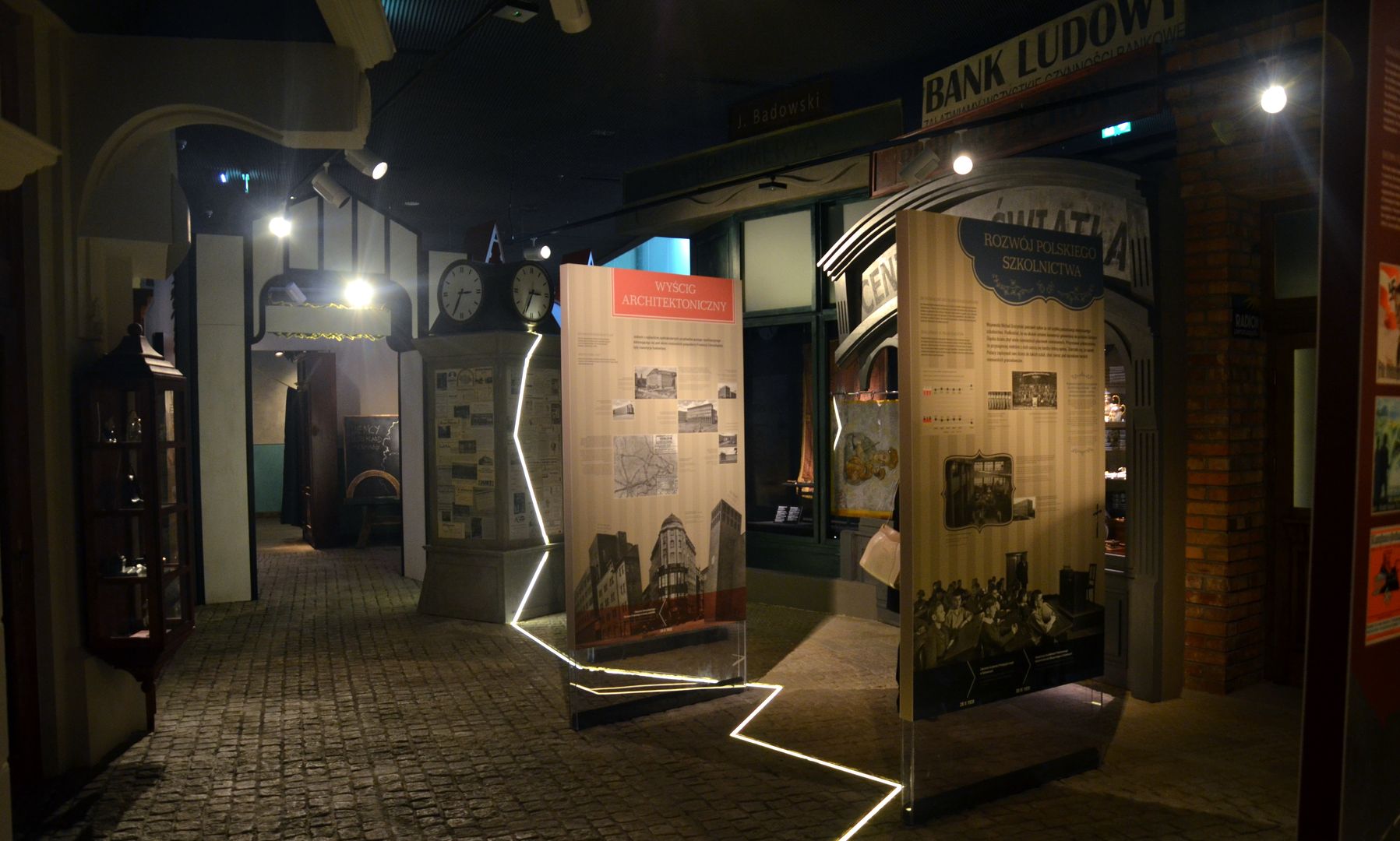Silesian Museum in Katowice
8.11

Overview
The Silesian Museum in Katowice, founded on January 23, 1929, is an institution that combines the rich cultural heritage of the region with a modern approach to exhibitions and education. Its architectural transformation, realized in a new complex located on the grounds of the former "Katowice" Coal Mine, is the work of the Austrian architectural firm Riegler Riewe Architekten, which aimed for minimal intervention in the post-industrial landscape. The contemporary building, with over 25,000 m² of usable space and three underground levels, houses galleries, workshops, and educational areas, making it a new center of cultural life in the city. The museum boasts valuable collections, including Polish painting, non-professional art, photography, ethnography, and artistic crafts, featuring works by artists such as Jan Matejko, Stanisław Wyspiański, and Zdzisław Beksiński. In 2012, the museum introduced a permanent tour route for the visually impaired, highlighting its commitment to cultural accessibility. Interestingly, the museum also engages in commercial activities, offering heraldic services and room rentals. Since 2015, after moving to its new location, the museum has become a place for dialogue with history and the present, organizing various educational projects, cultural events such as the Night of Museums, and collaborating with other national and international institutions, including museums in Germany and Finland. The Silesian Museum, recognized as one of the key cultural centers in the region, continuously engages in the development of local identity and history, making it a unique destination on Poland's cultural map.
Location
Tickets
Powered by GetYourGuide
2025 Wizytor | All Rights Reserved